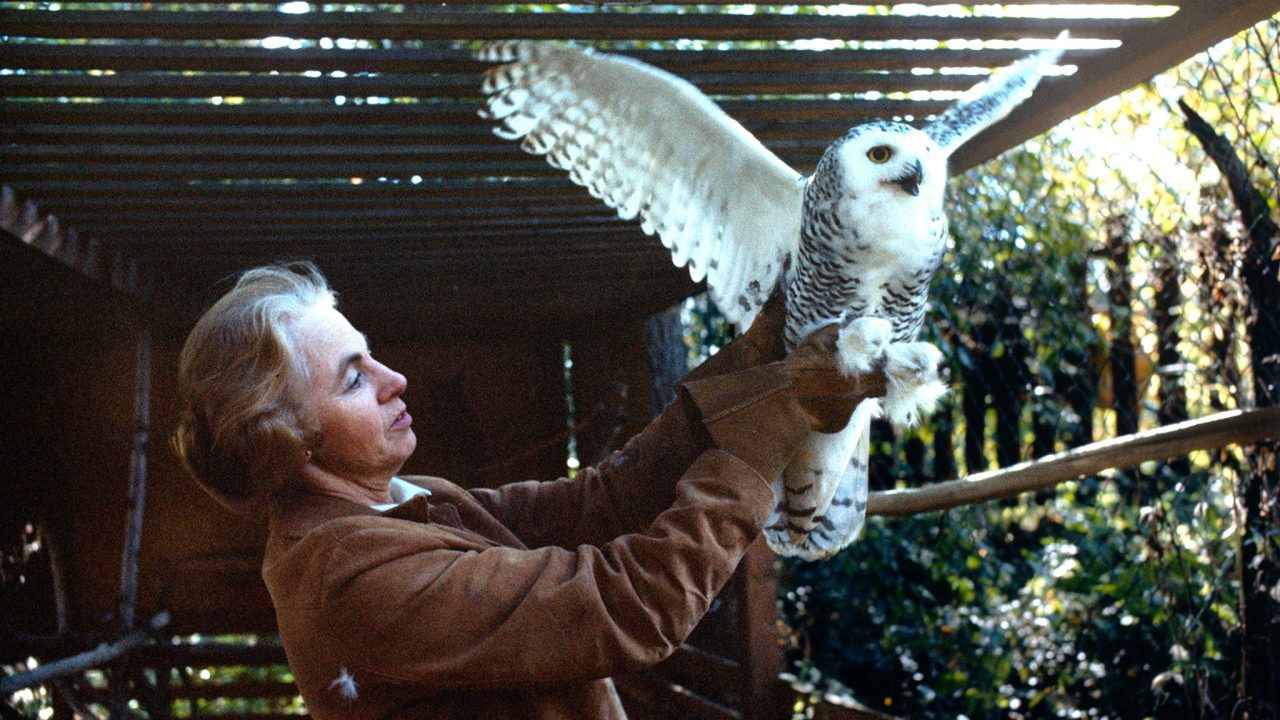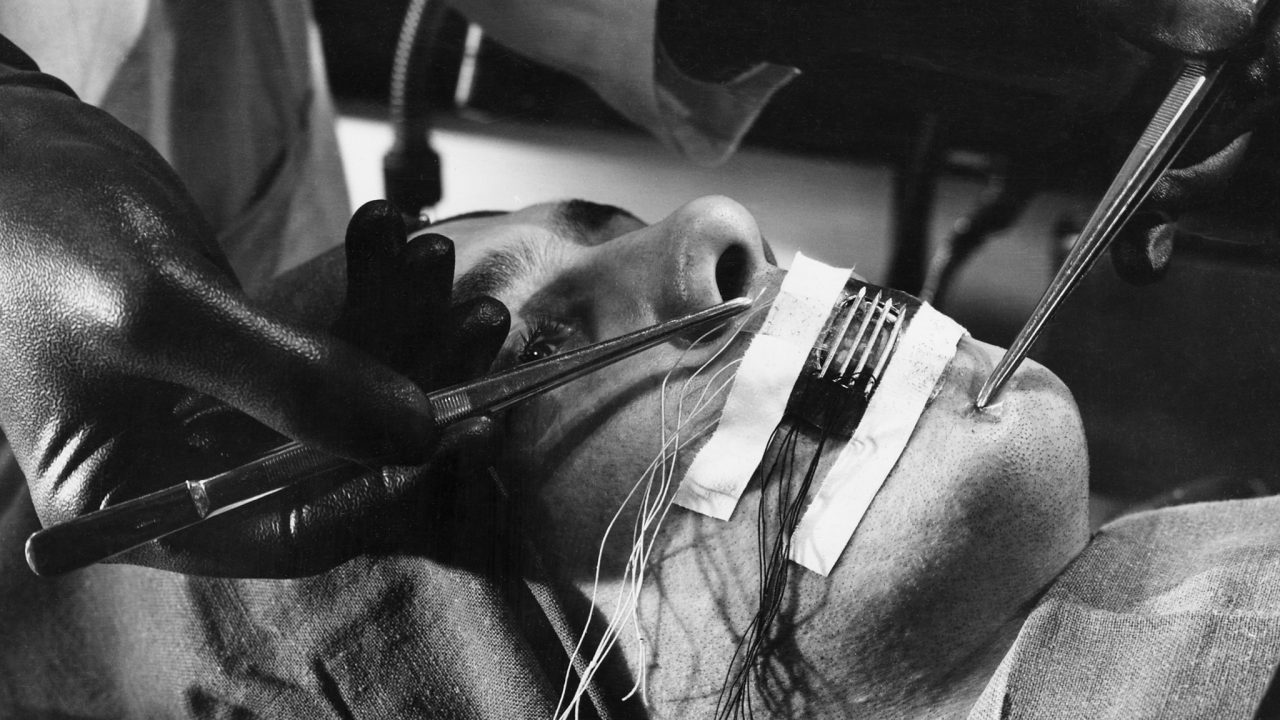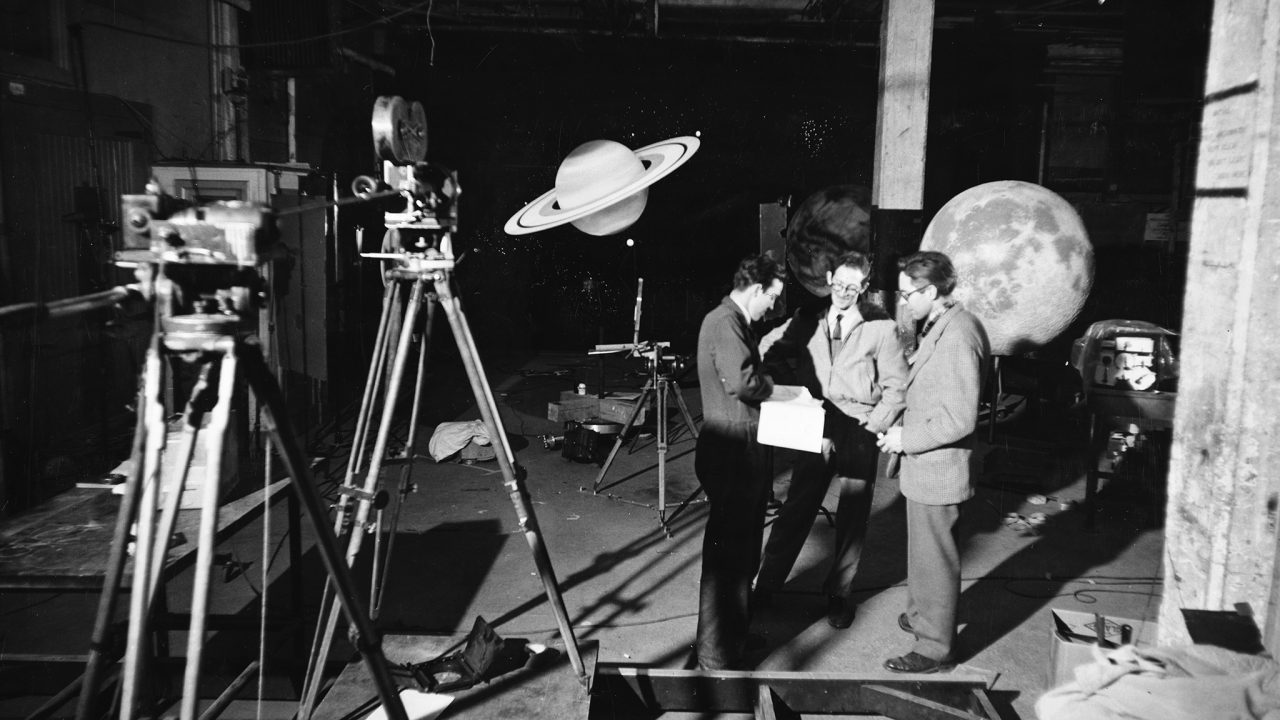The NFB and World Fairs, pt. 3: Vancouver and Expo 86
This is the third of a 4-part series documenting the NFB’s involvement with World Fairs, from Montreal to Shanghai. It was written by Marc St-Pierre, our French Collection analyst. – CW
Vancouver, 1986
Canada again hosted a World’s Fair in 1986. It was organized by the city of Vancouver, and took place from May 2 to October 13, attracting more than 20 million visitors. Expo 86 coincided with the centennial of Vancouver as well as that of the first passenger train to reach Canada’s West Coast—hence the theme, “Transportation and Communications.” Canadian National (CN), the main sponsor of the Canada Pavilion, asked the NFB to produce a film about transportation in Canada. The project was much more than a simple commission, however. It was a chance for the NFB and IMAX Corporation to orchestrate a bona fide revolution in film technology: the first-ever IMAX film in 3D, Transitions.
IMAX 3D makes its début
By 1986, IMAX technology—created by Canada’s IMAX Corporation—had existed for approximately fifteen years. Three-dimensional pictures, meanwhile, dated back to the 19th century, and the invention of the first stereoscopes. But until Transitions was made, the two technologies had never been brought together. Director Colin Low and cinematographer Ernest McNabb had previously collaborated on the development of IMAX technology as part of the team that produced the very first film in that large-screen format, Tiger Child. Commissioned by Fuji Group, the film was shown at Expo ’70 in Osaka. Not long after that World’s Fair, the NFB expressed interest in pursuing 3D films, and asked Low to develop a film using the technology for the U.S. Bicentennial in 1976. He immediately hit upon the idea of an IMAX 3D film, called in McNabb, and began research. Although the project eventually fell through due to budget constraints, the two men continued their research work. When the Transitions project came along, they were the perfect choice to make the film.
New technologies, new technical feats
Transitions, which aimed to depict the technological evolution of transportation in Canada, would also be an occasion for major technological innovations and remarkable technical feats of filmmaking. The NFB and IMAX Corporation first had to perfect IMAX 3D technology. Shooting a film in 3D is like looking at the world in 3D: you need two cameras, and those two cameras must be placed side by side such that their lenses are about 5 cm apart—the same as eyes on a face. Because IMAX cameras are so bulky, however, this was impossible. The solution was to develop a system of mirrors to achieve the correct lens positioning. The cameras also had to film in perfect synchronization, so the production team’s engineers created a remote control to start the cameras at exactly the same time. Because the film called for complex camera movements, a special rig had to be designed to ensure both cameras remained perfectly stable. The innovations didn’t stop here: Transitions included the first-ever computer-generated 3D imagery, created at the NFB’s Computer Animation Centre. Lastly, an entire theatre had to be built to accommodate the film: the CN IMAX Theatre at the Canada Pavilion (now Canada Place). It not only had to be equipped with an IMAX format screen, but twin projectors as well—which, like the cameras used to shoot the film, had to run in perfect synch.
To be continued! Stay tuned for Part 4: Expo 92 in Sevile.




Hi Ben,
Unfortunately, “Transitions” was only available online until October 30, 2010. Due to rights issues and the involvement of co-producers (Canada Harbour Place Corporation and the Canadian National Railways), we are no longer able to host the film online. The film has not yet been packaged for sale on DVD either. I will update you if any of this changes!
Best wishes,
Jovana
I WAS IN THIS MOVIE.. Im the KID SLEEPING IN THE BED>> WANTED to SHOW MY FAMILY HOW DO I fInD? maybe NFB archives?
this might be a silly question but how do I find this film (these films) in the ipad app? not sure what to search for.